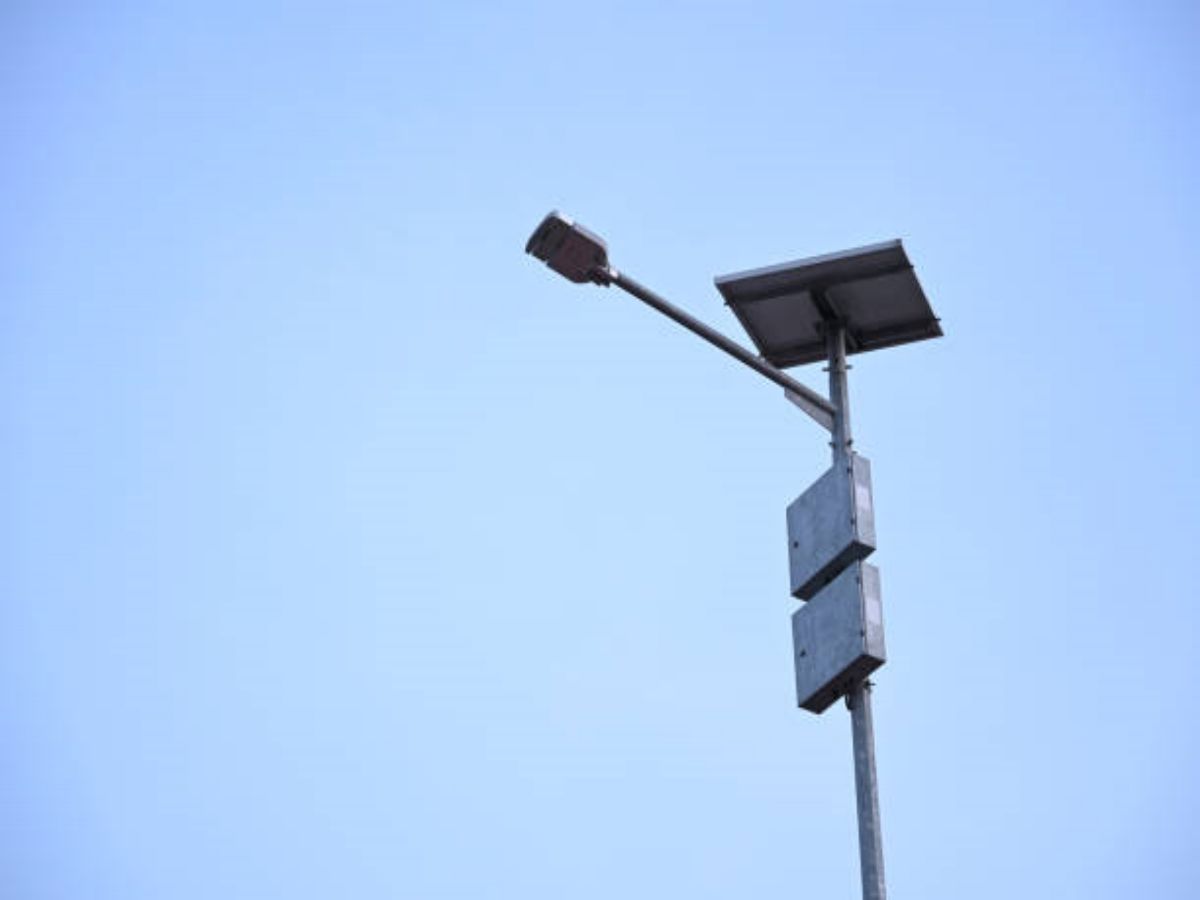How to Make an Electrical Connection Waterproof: A Comprehensive Guide
Water and electricity don't mix well, and that's why it's crucial to ensure that your electrical connections are waterproof. Whether you are working on outdoor lighting, underground wiring, or any other electrical project that may be exposed to moisture or water, taking the necessary steps to waterproof your connections is essential for safety and longevity.
Understanding the Importance of Waterproof Electrical Connections
Before delving into the techniques and methods to make an electrical connection waterproof, it's important to understand why this is crucial. Water can cause short circuits, corrosion, and even electrical shocks, which can be hazardous to both people and equipment. By making your electrical connections waterproof, you can protect against these risks and ensure the efficient functioning of your electrical system.
Choosing the Right Waterproofing Method for Your Connection
When it comes to making electrical connections waterproof, there are several methods available. The right method for your specific connection depends on factors such as the location, type of connection, and the level of waterproofing required. Here are a few common techniques:
1. Heat Shrink Tubing
Heat shrink tubing is a popular method for waterproofing electrical connections. It involves sliding a tube of heat shrink material over the connection and then heating it with a heat gun or a similar tool. As the tubing shrinks, it creates a tight seal around the connection, preventing water from seeping in.
2. Silicone Sealant
Silicone sealant is another effective way to make electrical connections waterproof. Apply a generous amount of silicone sealant around the connection, ensuring that it covers the entire area. The sealant forms a protective barrier that keeps moisture out and provides insulation.
3. Waterproof Electrical Tape
Waterproof electrical tape is specifically designed to protect electrical connections from moisture. Wrap the tape tightly around the connection, making sure to overlap the layers. This creates a barrier that prevents water from entering the connection.
Ensuring Proper Installation
Regardless of the waterproofing method you choose, proper installation is crucial for effective waterproofing. Here are a few tips to ensure a secure and long-lasting waterproof electrical connection:
1. Clean and Dry the Connection
Before applying any waterproofing method, make sure the connection is clean and dry. Remove any dirt, rust, or debris from the area to ensure a proper seal.
2. Follow Manufacturer Instructions
Each waterproofing method may have specific instructions provided by the manufacturer. It is important to carefully read and follow these instructions to ensure the best results.
3. Test the Connection
After waterproofing the connection, it's a good idea to test it to ensure it is working properly. Use a multimeter or a similar device to check for continuity and ensure there are no leaks or faults in the connection.
Maintaining Waterproof Electrical Connections
Proper maintenance is essential to keep your electrical connections waterproof and in good condition. Here are a few maintenance tips:
1. Regular Inspections
Periodically inspect your electrical connections to check for any signs of damage or wear. This includes checking for cracks in the sealant or tape, loose connections, or any signs of moisture.
2. Prompt Repairs
If you notice any issues during your inspections, such as cracks or leaks, it's important to address them promptly. Repair or replace any damaged waterproofing materials to maintain the integrity of the connection.
3. Avoid Submerging Connections
While waterproofing methods can provide protection against water, it's best to avoid submerging electrical connections whenever possible. If your connections are exposed to standing water or extreme conditions, consider additional protective measures or consult a professional.
Conclusion
When it comes to making electrical connections waterproof, taking the necessary precautions is vital for safety and efficiency. By choosing the right waterproofing method, ensuring proper installation, and conducting regular maintenance, you can protect your electrical connections from the damaging effects of water and ensure the longevity of your electrical system.

